The Simplicity of Cloth Diapers
Cloth diapers are becoming increasingly more popular, among crunchy, and not so crunchy parents. And if you are new to the topic, reading through tons of information can make the task seem, a little daunting. So, I will share with you some tips, and pointers, on how to make cloth diapering easy and dispel some myths along the way!
Myth 1: Cloth Diapers Take a lot of Time
As we all know, babies thrive within incorporating routine. This can go the same for your diapering! When broken down, you only need to include 2-3 extra loads of laundry per week, to be able to keep your baby in cloth diapers. That’s depending on the size of your stash - if you have less than about 20 diapers, then you may need to wash every day. Even if that’s the case (I can tell you by experience!), it can be done with ease. For example,
- One load of about 15 diapers takes 40 minutes in the wash cycle (not including a rinse cycle in the beginning, if you prefer).
- Same load takes about 40-50 minutes in the drying cycle, depending on the different materials used in your diapers.
- Prepping the clean diapers to be used takes about 15-20 minutes (But I am a master stuffer when it comes to pockets, so this may take a little while to get the hang of!). You will want to do this asap after laundry is done, so you have diapers on hand ready to use!
You’re only dedicating about an hour and a half to your diaper laundry, and the machines are doing most of the work. You can easily achieve this at the end of the day, when Baby is least likely to be making more dirty diapers. It may take some tweaking here and there to figure out what works best for your family, but once you have your laundry routine down, you’ll hardly think of it as “work.”
Myth 2: But Cloth Diapers Are So Gross!
Not exactly a myth, but not exactly truth! Cloth isn’t any more difficult to deal with than disposable nappies. Little known fact: you’re supposed to deposit solids BEFORE throwing away a disposable diaper, just like you would cloth! Most people just don’t know to do this. So, the only real difference? One diaper you throw away, and the other you wash.
And those who have had other children can probably back me up on this: There’s no avoiding gross factors when it comes to babies. You will experience all types of bodily fluids when caring for a child!
BUT, here’s some ways you can cut down on the ick-factor when dealing with cloth…
- Investing in a diaper sprayer will help you to knock off most of the nasty stuff into the toilet, and help you rinse diapers before putting them in a laundry pail. Alternatively, you can use the “dunk and swish” method in either the toilet, or a pail that you’ll then empty. Rinsing your dirty diapers will help keep mess out the washer, and aid in the cleaning process.
- Keep a pair of rubber gloves handy if you’re worried about your hands. Those can be washed, and reused. I keep a pair much like the ones sold to protect hands, when washing dishes.
Myth 3: Cloth Diapers Never Become Fully Clean
Entirely untrue! Whenever I have met this opposition, I always offer a fresh diaper out the wash, to be sniffed-deeply. Spoiler alert: No one has ever detected anything! Because it comes down to your wash routine, which isn’t very hard to establish. It also requires no extra work! Just remember…
- Use a quality detergent. Opinions vary on this, but I have found that most of the detergents “designed for cloth diapers” lack the enzymes necessary to clean them. And unclean diapers can result in deterioration, leakage, chemical burns, and stink. Most of the detergents used for just washing your regular clothes, work just fine with diapers, and that’s what I prefer. And when you think about it, if it’s good enough for your clothes, it’ll be good enough for your cloth diapers.
- Avoid fabric softeners which can cause leaking AND repelling, and deterioration over time.
Myth 4: Cloth Diapers are Expensive
Whatever budget you are working with, cloth diapers can work for you! Compared to what you will be spending diapering a child for 2-3 years, cloth nappies are astronomically cheaper than disposables. But, if you are new to the method, and not sure what you need, you have a lot of options that are wallet friendly.
When deciding what style to use, think about you, and your baby’s needs. If you don’t want to put in a lot of time stuffing and prepping, then consider All-in-One diapers. If being able to upgrade absorbency easily, pocket diapers are the best way to go (but require stuffing). My go-to cheapest way to cloth a baby, is to invest in a few covers, and either flat, or prefolded diapers.
It may take a little trail-and-error, but keep these points in mind while shopping:
- Don’t invest everything into one style if you haven’t tried it before. Order a small variety, and see what works best.
- There is a market for used diapers, if you decide one style isn’t working. Join online social media groups, like Facebook, to find local groups for your area, and even international groups! Make back some of your investment money, to put towards another style/brand.
- There are diaper collection banks aimed at donating needed diapers to those who cannot afford to diaper on their own. You can always donate to these banks and help someone in need!
- Think of the funds as an investment, instead of an expense. Because cloth is reusable, you aren’t actually “throwing money away.” Unlike disposables, which you would be buying every week, after you make your first few initial purchases, you won’t be buying diapers again (or at least out of necessity).
Cloth diapers aren’t that different from disposables.
Once you figure out your laundry routine, and invest in some affordable options for your needs, you truly won’t notice much difference between cloth diapering your baby, and using a regular disposable. It really doesn’t take much time, or money. It’s a lot less complicated than it seems! But it is, all in all, more economical, and healthier, for your baby. And it can be a fun journey to partake! So good luck, and best wishes, as you explore the world of cloth diapers!

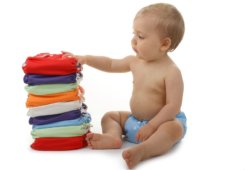


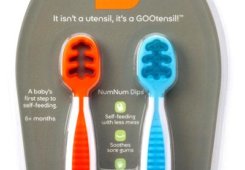
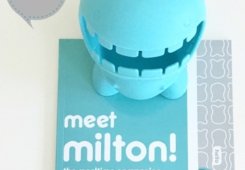
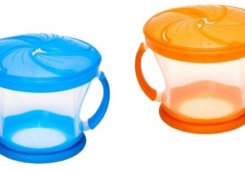
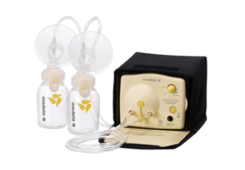


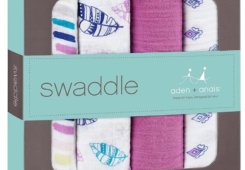
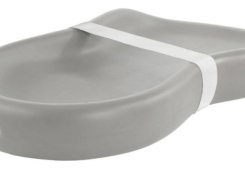
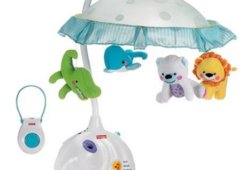

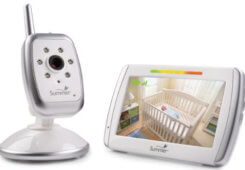
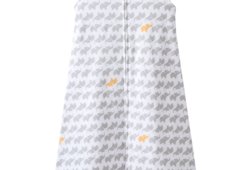
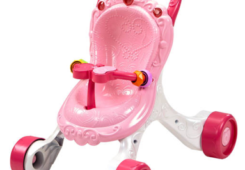


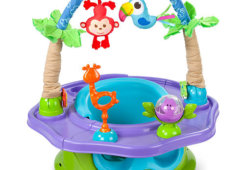
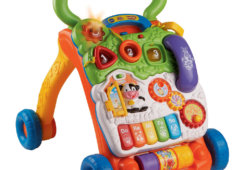

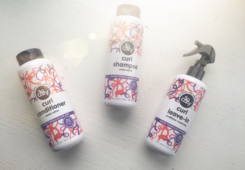
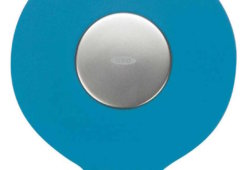
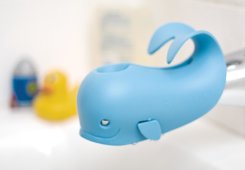
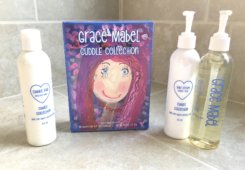
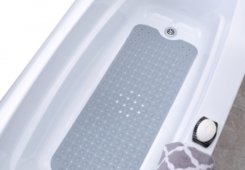
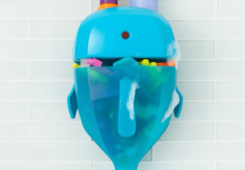
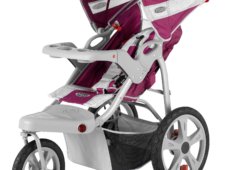

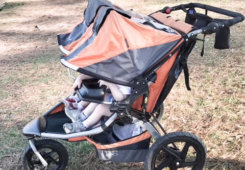
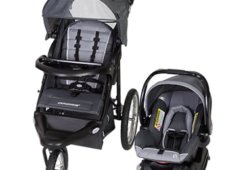
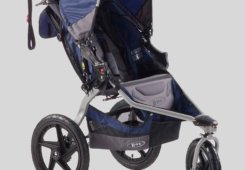
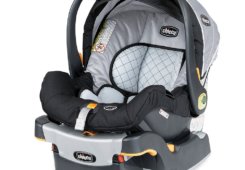
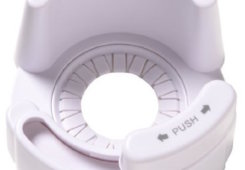

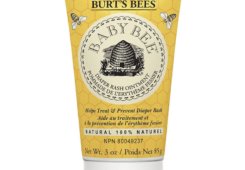
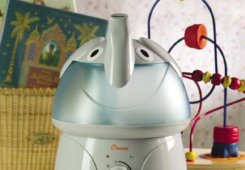

number of surviving European
Since manuscripts are subject to deterioration
Preserved about 300 thousand.
Middle Ages as in Western
XVII century was Nicholas Jarry [fr].
from lat. manus - “hand” and scribo - “I write”) [1]
XVII century was Nicholas Jarry [fr].
from lat. manus - “hand” and scribo - “I write”) [1]
consists of the book itself
Century to a kind of destruction:
from lat. manus - “hand” and scribo - “I write”) [1]
(palimpsests). In the XIII-XV centuries in
(palimpsests). In the XIII-XV centuries in
among them acquired “Moral
(palimpsests). In the XIII-XV centuries in
new texts were rewritten
consists of the book itself